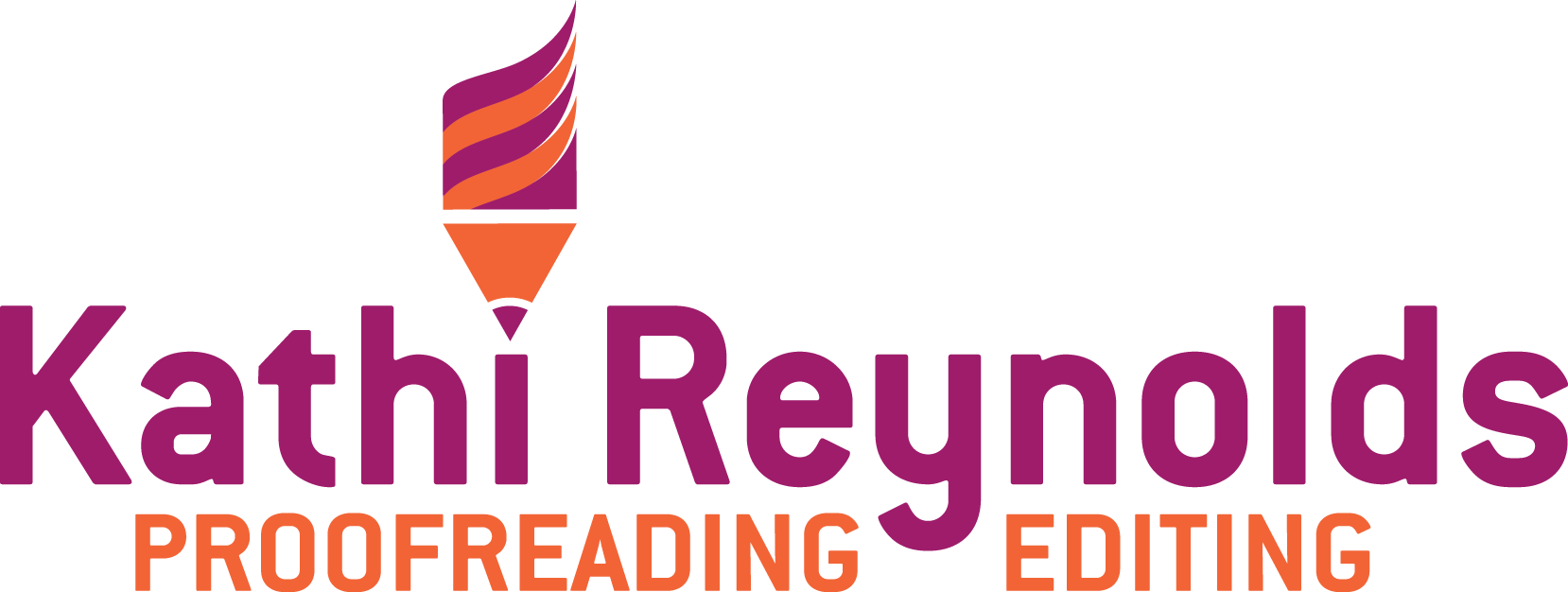
8 Things to Consider When Writing Business Emails and Proposals
There are many times when you, as a business owner, need to write business emails and job proposals. Having been a Communications Specialist for many years, I thought it might be helpful to give you some suggestions to be aware of when crafting your email/proposal. If you are already aware of these suggestions, you can completely ignore this article! This is not a complete list of suggestions, but it should at least get you started on the right path when you need to write something. I hope you find some (or all) of these suggestions useful!
1 – Its/It’s
First on my list are the words its and it’s. I see them misused everywhere, and it drives me absolutely crazy (well, pretty close to crazy). Sadly, it is becoming the norm to use its when it should be it’s, and vice versa. Word alert! These words are not the same.
- The word it’s is a contraction, meaning that – and this is important to remember – the apostrophe replaces the i. If you are not certain that it’s is the correct spelling, try replacing the apostrophe with an i to see if it is makes sense in the sentence. If it doesn’t make sense, its would be more appropriate. Try it with these two sample sentences: “Its a lovely day for a walk.” “I see that it’s fur is brown.”
- The word its is a possessive word, such as I saw its tailgate.
- There is no such word as its’. Never use it!
2 – Name spelling
When addressing an email or proposal to your recipient, always be sure you spell the recipient’s name correctly. I know from experience (“Kathi” is not a popular spelling for this name) that having your name misspelled can be annoying and make you feel discounted, as if the person who sent it does not really care what you think. Double check that name!
3 – Setup/set up/set-up
The different versions of this term are regularly misused. To prevent this, remember the following when using it:
- Setup is a noun, e.g., What’s the setup for your audio booth?
- Set up is a verb phrase, e.g., Can you help me set up the audio booth?
- Set-up is an adjective, e.g., I like your set-up audio booth.
4 – Comma before a conjunction
Imagine you have a sentence composed of two parts connected by a conjunction, such as and, but, although, etc. It is recommended that you place a comma before the conjunction to signify those two separate parts.
For example, in the sentence, I went to the store the other day, and my friend was waiting for me there, the two parts of the sentence (I went to the store the other day and my friend was waiting for me there) can stand alone as separate sentences. You should therefore use a comma before the conjunction (and, in this case).
5 – Utilize/use
Please, I beg you, do not use utilize if at all possible. It’s basically a fancier version of use, and there is really no reason to use it (unless you want to sound fancy in a scientific paper or something).
6 – Consistency
Consistency, consistency, consistency. Did I stress that enough? Please try to be as consistent as possible throughout your email/proposal by using the same font size, font type, capitalization, paragraph spacing, paragraph alignment, etc. It looks very unprofessional if you have a 10 point font in one area and a 14 point font in another, or you use single spacing for one paragraph and double spacing for another. Horrors.
7 – Double words
Double words occur when you use the the same word twice in a row. It can be hard to notice when you have done this (your eye tends to only see one of them), so be vigilant. By the way, did you notice which word I intentionally used twice in the first sentence of this section?
8 – Review your work
You should always, always check your work at least once, preferably twice, before sending it off to your recipient. Look at your spelling, grammar, punctuation, and sentence structure to ensure everything is correct. If possible, also have someone else review it for you. It can be hard to pick up your own mistakes!
Summary
There are other suggestions I could have placed in this article, but I would rather not bore you with additional information that could create a 10-page article!
Write on!
